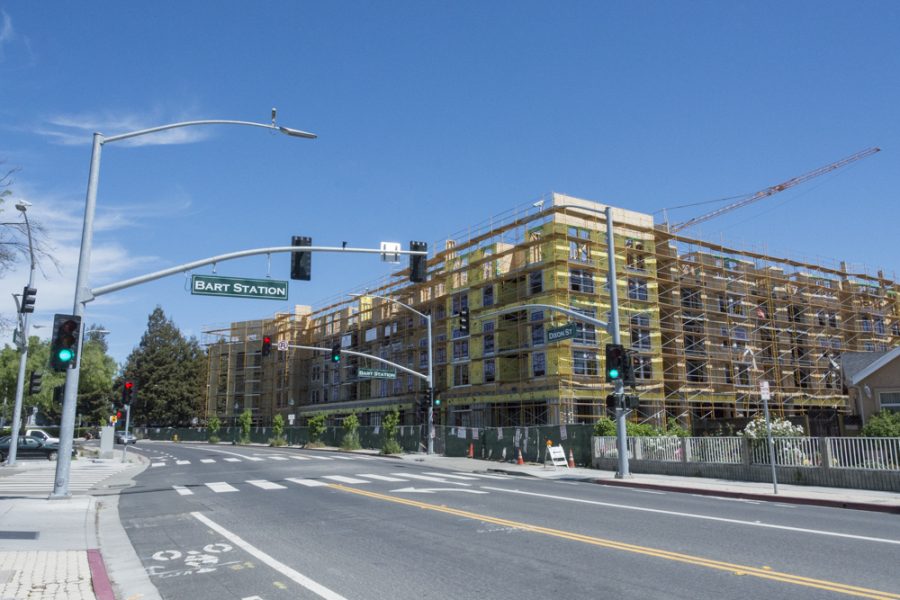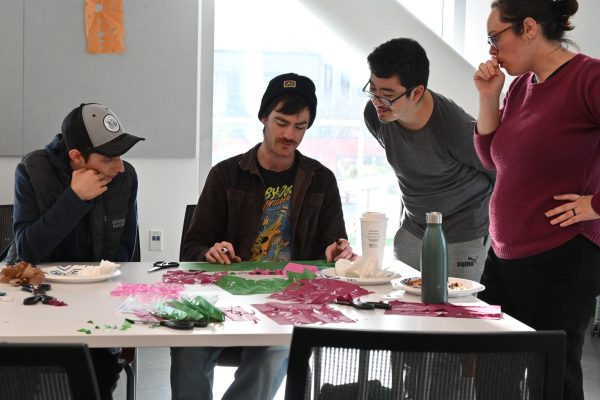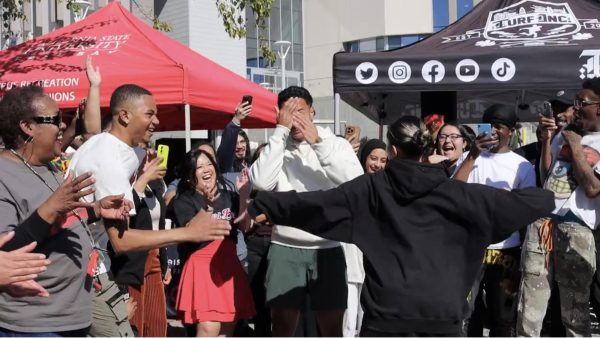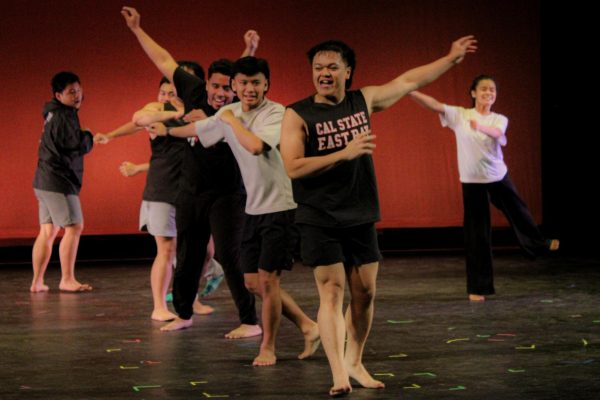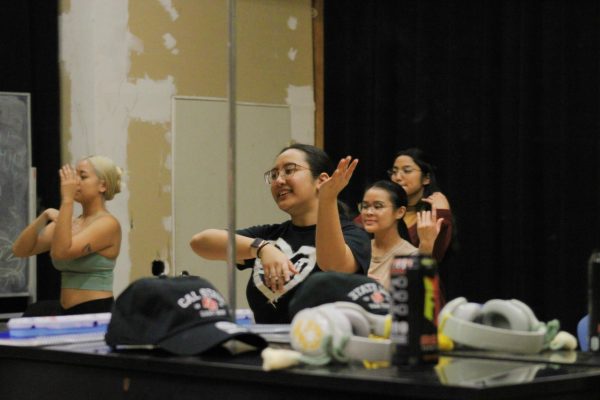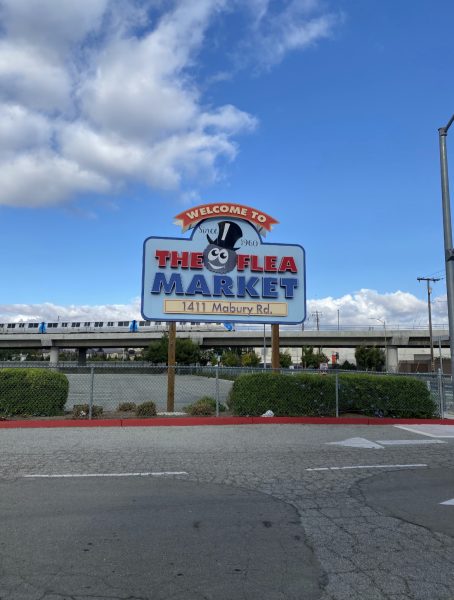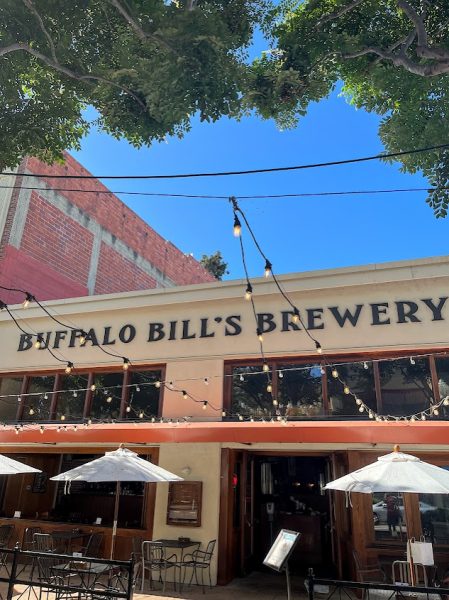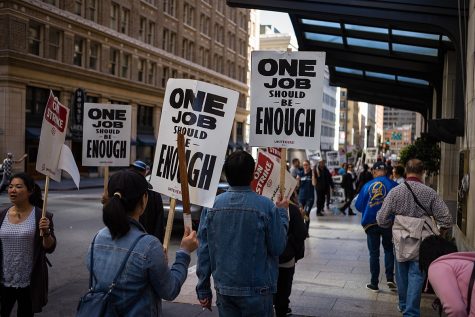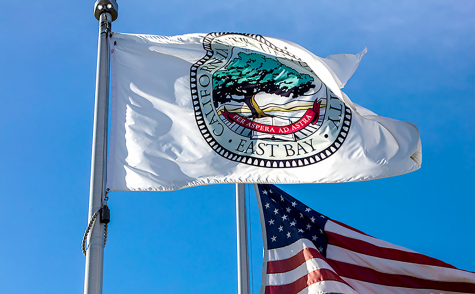CSUEB expands housing on and off campus
Cal State East Bay’s enrollment reached an all-time high fall quarter 2015. More than 1,700 freshman students and 2,200 transfer students were admitted into the school.
As the number of Cal State East Bay students applying for on-campus housing grows, the number of beds available is at a standstill. In response to this on-campus housing shortage, Cal State East Bay’s Student Housing & Residence Life is expanding housing both on and off-campus.
East Bay offers housing to a total of 1,530 students in residential halls that replicate apartments rather than a classic one-room style without amenities. Two different housing communities are available to students at East Bay: Pioneer Heights on campus, and University Village, located less than a mile off campus on Carlos Bee Boulevard. Pioneer Heights current includes kitchens, bathrooms and living rooms inside each unit, while University Village does not include kitchens in their units.
Students who live in the university’s residential halls are vocal about the crowded housing conditions and why building more residences is a necessity. Kristine Fleming, a fourth year psychology major at East Bay has lived in Pioneer Heights all four years and says the living conditions are “not ideal.” Until she decided to live in a single suite — one person per room — there was virtually no privacy because so many people were in the same unit, according to Fleming.
Almeida says more and more students are signing up for student housing but there is simply no room to accommodate everyone on the first-come-first-serve waiting list. According to the Occupancy Strategy on the Student Housing website, “at the start of fall quarter, we still had 140 students on the waiting list who we were not able to accommodate and jeopardized their ability to attend classes.
A housing “Master Plan” currently includes the addition of two new housing facilities: one on-campus, the other off, according to Student Housing Director Mark Almeida. The off-campus housing complex called Cadence is underway and has a target completion date of fall 2017. Meanwhile, the construction of an on-campus residential hall with underground parking is currently pending due to ongoing project negotiations.
Cadence will be able to house an additional 500-600 upper division East Bay students and the housing will include in-suite kitchens, bathrooms and living rooms, according to Almeida. There will be a university police department substation in the building, security access keys, resident assistants who live on site, and an above-ground parking structure.
Officials say Cadence will help alleviate the growing wait list of residents who want to live on or near campus. Cadence would be located two miles away from CSUEB at Tennyson Road and Mission Boulevard, in the immediate vicinity of South Hayward BART. Almeida says the university intends to implement a free shuttle service to and from the South Hayward BART station and East Bay’s campus for students living in Cadence as a sustainable and convenient alternative to driving.
Despite being off-campus, residents of Cadence will pay similar housing fees as those who live in Pioneer Heights and University Village. According to CSUEB, for non-freshman residents, housing fees are on average $2,600 per quarter or $940 a month. Heat, water, cable, electricity, dining services, as well as recreational and leisure activities like cooking demonstrations are included in housing fees.
According to Housing’s Master Plan, the proposed on-campus resident halls are currently pending due to ongoing project negotiations and will merge traditional dormitory styles with modern residential halls, similar to some dorms at Cal State Northridge. Located in parking lot C1, the proposed new buildings will have a hallway of bedrooms with communal bathrooms shared among 3-4 bedrooms, communal kitchens, lounge areas and underground parking. Most traditional style dorms have a hallway of bedrooms in which more than a dozen students could share the same bathroom and shower rooms.
Student Housing continues to take in as many students as possible. Freshman housing Juniper, Sequoia and Tamalpais are converting all doubles — two people per room — to triples, which place three people in one room. By converting into triples, 104 additional bed spaces will be available, according to Almeida.
“I know these [students] need a place to live too, but it just gets uncomfortable when six girls are sharing one bathroom,” said Fleming, and she is not alone. It is a common consensus among residents that expanding Student Housing is well overdue.
Building a strong community between residents is one of Housing’s main goals, however some residents feel that having up to three students in the same bedroom can cause conflicts.


